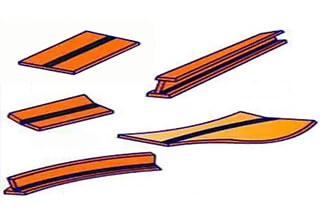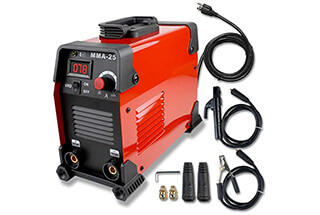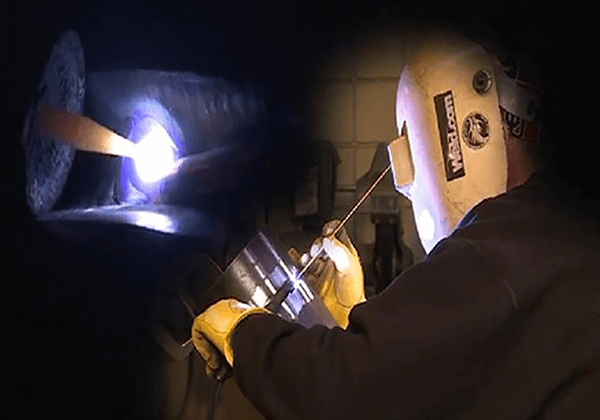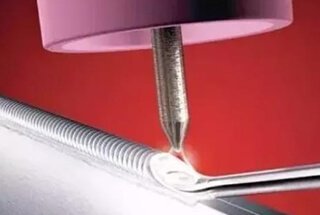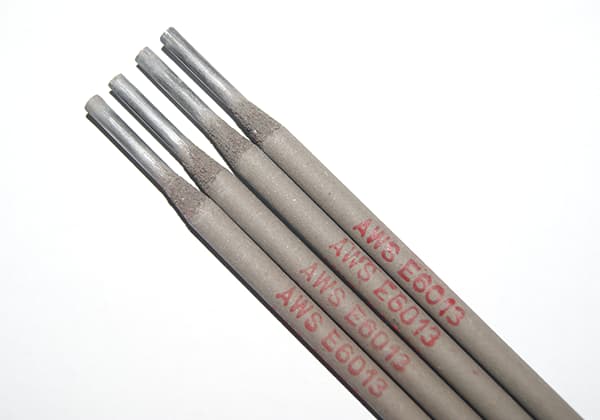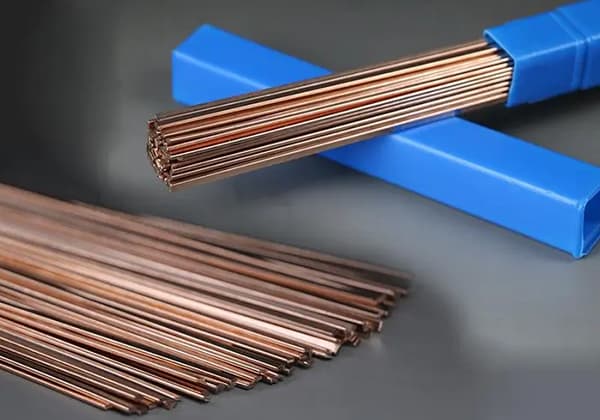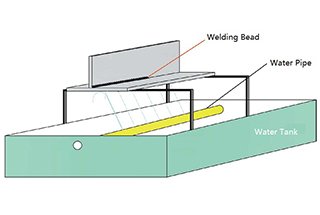
Imagine transforming your welding process with a technique that boosts efficiency without compromising quality. Hot wire TIG welding achieves just that by preheating the welding wire, enhancing both speed and control. This article explores the characteristics and various methods of hot wire TIG welding, highlighting its advantages over traditional TIG and MIG welding. Readers will learn how this method optimizes welds, making it ideal for medium-thick structures. Dive in to discover how hot wire TIG welding can revolutionize your approach to achieving superior weld quality.
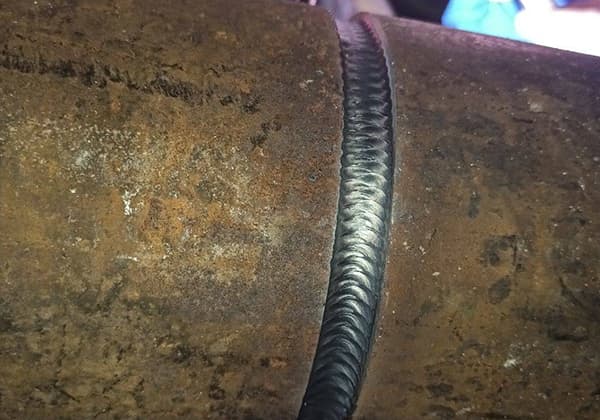
Hot wire TIG welding is an advanced, high-quality, and energy-efficient welding process that evolved from traditional TIG (Tungsten Inert Gas) welding in 1956. This innovative technique significantly enhances welding productivity while maintaining superior weld quality.
The fundamental principle of hot wire TIG welding involves preheating the filler wire to a specific temperature before introducing it into the weld pool. This preheating is typically achieved by passing an electric current through the wire, utilizing its electrical resistance to generate heat. By elevating the wire’s temperature prior to its entry into the molten pool, the process facilitates faster melting and deposition rates, ultimately leading to increased welding speeds and improved efficiency.
The preheating temperature is carefully controlled and can range from 300°C to 800°C (572°F to 1472°F), depending on the material being welded and the desired outcomes. This precise temperature control allows for optimized heat input, reduced thermal stress on the workpiece, and enhanced control over the weld pool dynamics.
By combining the high-quality welds characteristic of traditional TIG welding with the increased deposition rates of hot wire technology, this process offers several key advantages:

Hot wire TIG welding enhances weld seam quality through multiple synergistic mechanisms. These include surface purification of the welding wire by residual heat, molten pool agitation by residual heat currents, and arc shape modulation via the magnetic field generated by the preheating current. This process allows for independent control of wire preheating energy and welding arc energy, decoupling deposition rate from heat input.
A key advantage of this technique is the ability to increase wire melting speed without proportionally increasing heat input. This results in a significant boost in welding efficiency, with deposition rates and welding speeds potentially more than doubling compared to conventional TIG welding, while maintaining the same current levels.
Hot wire TIG welding combines the high-quality weld characteristics of traditional TIG with improved productivity, making it particularly suitable for medium to thick welding structures. While its deposition rates are comparable to MIG welding, hot wire TIG offers superior control over weld formation due to the independent wire feed speed. This independence from welding current allows for better sidewall fusion in open groove configurations, outperforming MIG in this aspect.
The evolution of hot wire TIG welding has led to the development of various specialized techniques, primarily differentiated by their wire heating methods. These innovations aim to further enhance deposition efficiency and expand the process’s applicability across diverse welding scenarios. Figure 1 illustrates the main classifications of these hot wire TIG welding variants.
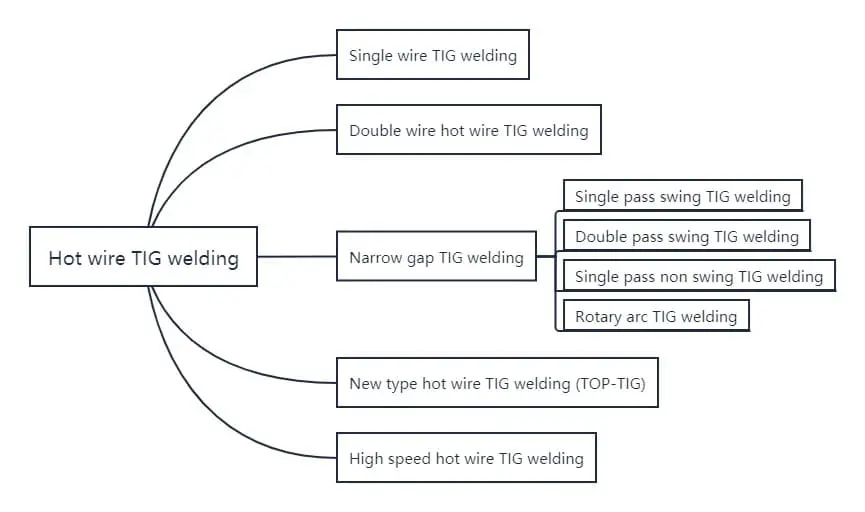
Figure 1: Main classifications of hot wire TIG welding methods.
Existing hot wire TIG welding methods at home and abroad use a certain current on the welding wire to heat it up by the resistance generated by the welding wire itself. However, this method has some shortcomings:
First, the temperature of the welding wire is difficult to control, which affects welding efficiency and weld quality.
Second, there is a hot wire current circuit between the workpiece and the welding wire adjacent to the welding main circuit. The welding arc is affected by the magnetic Lorentz force of this circuit, causing magnetic blow, which has an adverse effect on the weld shape and accurate positioning of the arc. In severe cases, it may even prevent welding.
Third, for low-resistance welding wires such as Al and aluminum alloys, the resistance heating efficiency is low, making it difficult to reach the appropriate temperature.
Therefore, traditional hot wire TIG welding is not suitable for welding alloys such as Al and Cu.
Compared with traditional hot wire TIG welding, high-frequency induction heating hot wire TIG welding has the following characteristics:

Using TIG arc as the heat source, the welding wire about to enter the molten pool is directly heated, as shown in Figure 2.

The main factors affecting the temperature of the welding wire are the hot wire arc current I, the wire feeding speed V, the surface heat dissipation of the welding wire Qf, and the radiation heat transfer of the welding arc on the welding wire Qt.
Among them, the first two are the main influencing factors. The influence of Qt still exists in the case of no hot wire welding, so it can be omitted when compared, and Qf can be attributed to the effective heating effect of the arc η.
Figure 3 shows the measurement principle, using energy storage spot welding to weld the thermocouple to the welding wire and clamp it on the workbench. Under the drive of the motor, the welding gun moves at a certain speed to simulate the wire feeding.

The electrical signal generated by the thermocouple is connected to a multi-channel temperature measuring device, and the data obtained is then transmitted to a computer for storage and analysis.
As shown in Figure 4, the temperature rises sharply at a certain moment and then slowly decreases. The temperature at the hottest point of the temperature field where the heat source moves [4] can be considered as the temperature when the arc passes through the thermocouple.
The temperature of the welding wire when it enters the molten pool is obtained by combining the wire feeding speed, the distance between the arc heating point and the molten pool, and using interpolation.

As shown in Figure 5, when the wire feeding speed is constant, the temperature rise increases linearly with the current, and its slope is determined by the heating efficiency η; when the hot wire arc current is constant, the temperature rise decreases according to a hyperbolic rule with the wire feeding speed, and the shape of the hyperbola is determined by the heating efficiency η.
The heating efficiency η of different wire feeding speeds can be calculated from the slope of the curve.
(1) The temperature rise of the welding wire using arc hot wire method is linearly related to the hot wire arc current and inversely proportional to the wire feeding speed.
(2) Arc hot wire TIG welding can significantly improve the efficiency of TIG welding.

